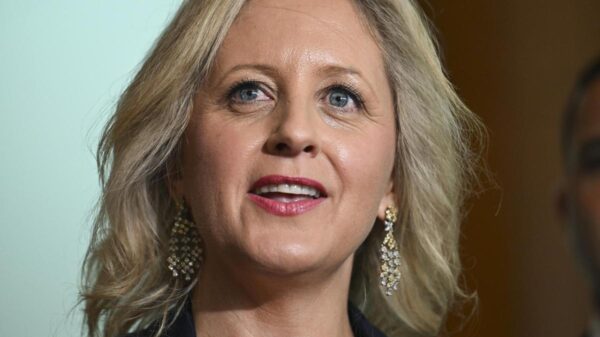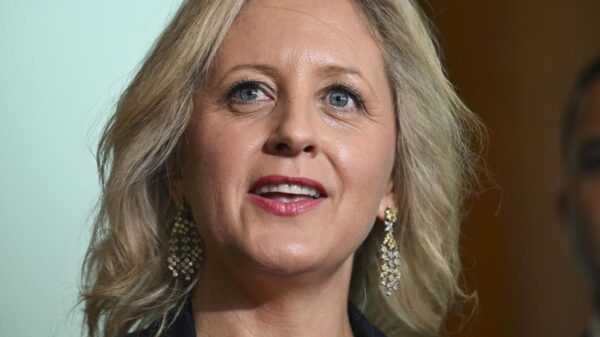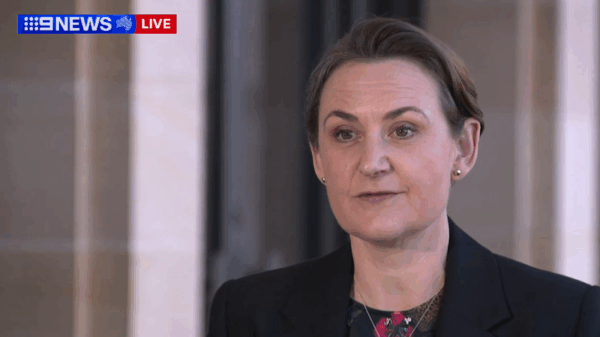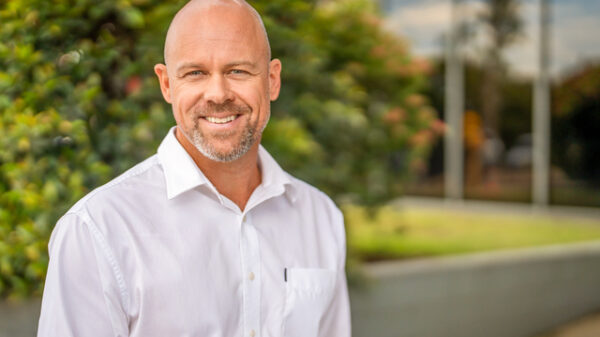Artificial intelligence (AI) is significantly transforming the landscape of in vitro fertilization (IVF), promising to enhance accessibility and affordability of fertility treatments. With the demand for IVF rising sharply—one clinic in Perth reported a 20% increase in the past year—fertility specialists are increasingly turning to AI and machine learning to improve success rates and streamline processes.
As of now, approximately one in every 16 babies born in Australia is conceived via IVF. This trend is expected to continue, particularly as the nation grapples with a record-low birth rate attributed to high living costs and increasing maternal age. According to Dr. Tamara Hunter, a leading fertility specialist at Monash IVF and Woom Women’s Health, the demographic of patients seeking IVF is shifting. She noted that 25% of her patients are now over the age of 40 and attempting to conceive for the first time.
Dr. Hunter emphasizes the need for better reproductive education, stating, “We are very good at educating secondary school students on contraception. We are terrible at teaching them about reproduction.” Many women in their late 30s and early 40s remain unaware that their fertility declines with age, often misunderstanding their chances of conception. For those in their mid-30s without other fertility issues, the success rate for an embryo transfer is between 40% and 50%.
AI’s involvement in fertility treatments includes embryo selection, sperm analysis, and follicle measurement. Clinics like Monash IVF are leveraging machine learning models to analyze time-lapse images of developing embryos without removing them from incubators. This innovative approach helps in monitoring embryo development continuously.
Breakthroughs in AI-Driven IVF Technology
The current year marks significant advancements in the field, coinciding with the 100th birthday of the “father of IVF,” Nobel laureate Robert Edwards. Notable achievements this year include the birth of the first baby conceived by a fully automated AI system through a collaboration between Mexican company Conceivable Life Sciences and a U.S. team. This groundbreaking procedure, known as intracytoplasmic sperm injection (ICSI), traditionally requires around 23 manual steps.
Emma Ebinger, scientific director at Adora Fertility, highlights the significant manual labor involved in IVF, noting that embryologists typically perform up to 200 manual processes. She expressed excitement over the integration of robotics and AI in these processes, which could alleviate some of the labor-intensive aspects of IVF. Although current technology is still in its early stages, Ebinger believes that with further testing and regulatory approvals, these advancements could soon be commonplace in Australia.
Adora Fertility has also embraced AI to improve patient experiences. By utilizing AI in sonography machines, the clinic can efficiently measure growing follicles, which minimizes time away from work for patients. “Patient outcomes are our priority,” Ebinger stated, underscoring the clinic’s commitment to improving treatment experiences.
The Societal Impact of Declining Birth Rates
The increasing reliance on IVF comes amid a broader societal issue of declining birth rates in many developed countries. Dr. Hunter urges for a comprehensive conversation about this “massive global socio-economic problem.” She argues that human biology has not kept pace with sociological changes, as the average age of first-time mothers has risen to over 30 years.
Many couples view IVF as a guaranteed solution, but success rates can vary significantly. Dr. Hunter points out that while standard ICSI is effective, new techniques like Piezo-ICSI are being developed to improve fertilization rates, particularly for women over 38 or those with fragile eggs.
Research indicates a growing prevalence of infertility, particularly among men, prompting scientists to investigate the causes of declining sperm counts globally. Dr. Hunter emphasizes that the integration of AI in labs can help improve egg selection and monitor ovulation stimulation, leading to better outcomes for patients.
The potential for future advancements remains vast, with ongoing research aimed at creating viable eggs and sperm from adult skin or blood cells. Although this revolutionary technique, known as in vitro gametogenesis, may be at least seven years away from realization, it could reshape the future of reproductive medicine by providing options for those with fertility challenges.
As society continues to evolve, Dr. Hunter advocates for improvements in workplace policies to support individuals navigating fertility challenges. She argues for family-friendly workplace practices, including subsidies for egg freezing, to help facilitate reproductive choices.
Recently released data reveals that 6.3% of all women who gave birth in Australia in 2023 underwent IVF, with a 27.9% increase in fertility preservation efforts, such as egg freezing. The implications of these trends may take time to unfold, but they indicate a shift in how society approaches family planning.
In summary, the intersection of AI and IVF presents a promising future for fertility treatments. While technology continues to advance, the human element remains crucial in ensuring compassionate care and understanding for those embarking on their reproductive journeys.



































































